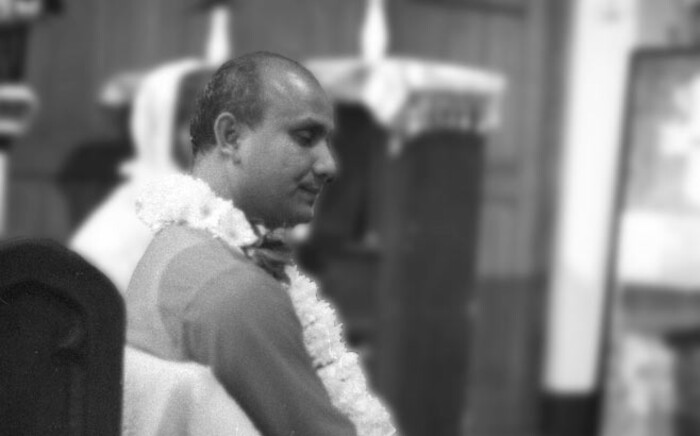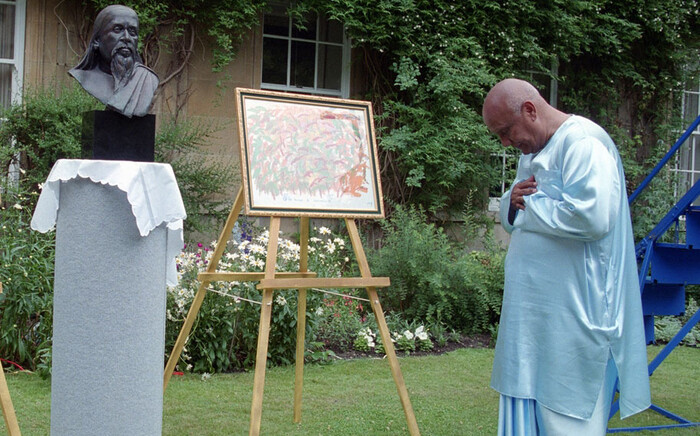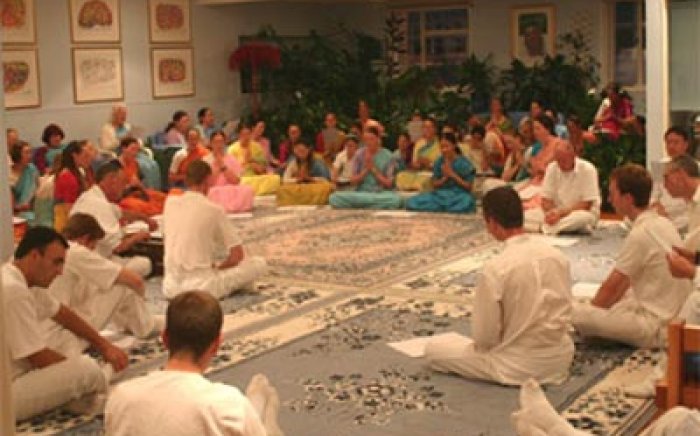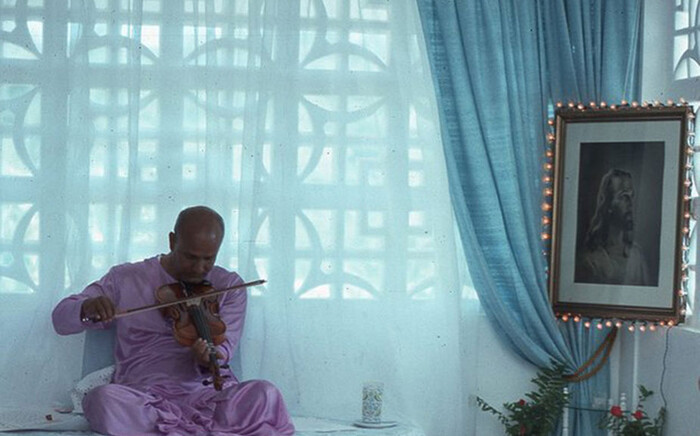
Stories
First-hand experiences of meditation and spirituality.

I was just so transported by the atmosphere
Pulak Viscardi New York, United States
I see infinitely more than I say
Agraha Levine Seattle, United States
My Room
Preetidutta Thorpe Auckland, New Zealand
Our Guru becomes the perfect disciple
Devashishu Torpy London, United Kingdom
'It was like I was seeing who Guru really was: this extraordinary, beautiful being inside a physical body'
Jogyata Dallas Auckland, New Zealand
If a wish comes from the soul, it will be granted
Kamalakanta Nieves New York, United States
People see something in Guru and want to be part of it
Saraswati Martín San Juan, Puerto Rico
How my spiritual search led me to Sri Chinmoy
Vidura Groulx Montreal, Canada
'You have to be like a warrior and fight'
Mahiyan Savage San Diego, United States
A Flame in my Heart
Adesh Widmer Zurich, Switzerland
Meditation Nights at the Sri Chinmoy Centre
Preetidutta Thorpe Auckland, New Zealand
Praying for God’s Grace to Descend
Sweta Pradhan Kathmandu, Nepal
A 40-Year Blessing
Sarama Minoli New York, United StatesSuggested videos
interviews with Sri Chinmoy's students

Running a Six-Day Race
Ratuja Zub Minsk, Belarus
My typical day
Pranlobha Kalagian Seattle, United States
My favourite part of Sri Chinmoy's path
Muslim Badami Auckland, New Zealand
Love, devotion and surrender
Pradhan Balter Chicago, United States
My daily spiritual practises
Muslim Badami Auckland, New Zealand
What brought me to the spiritual life
Paula Correia Porto, Portugal






